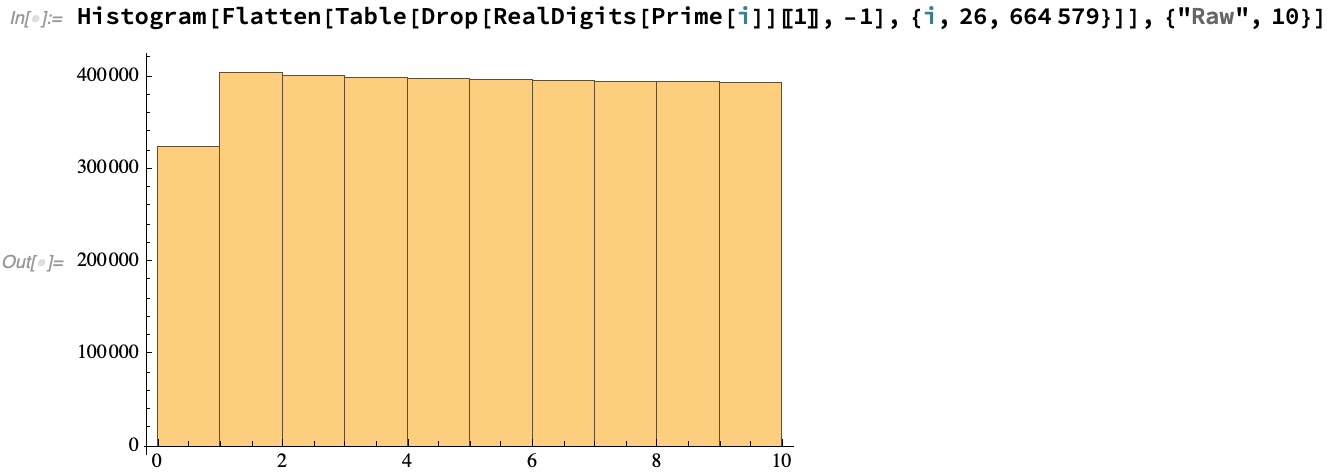In order to write the first 25 primes (2 to 97), 46 digits are necessary, nine of each of the digits 2, 3, and 7, fewer of all the others. Thereafter, at least for a while, the digit 1 is used more times than anyother digit, while the digit 0 fewer times than any other.
Does this phenomenon persist forever thereafter?
This question arose during discussions at the 2023 Soacha, Colombia Math Circle.
A related question is here: https://puzzling.stackexchange.com/questions/122129/number-of-1s-needed-to-write-all-primes-up-to-p






